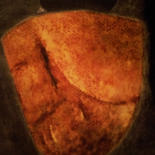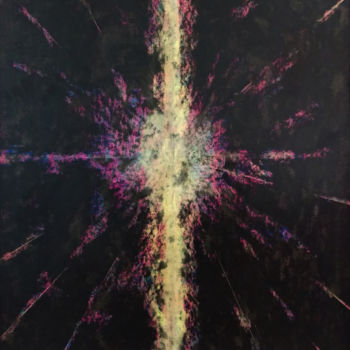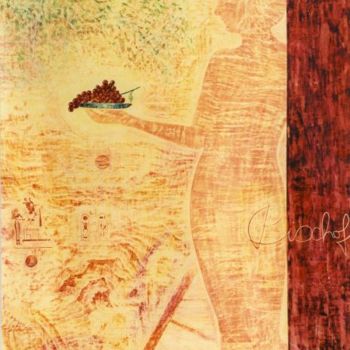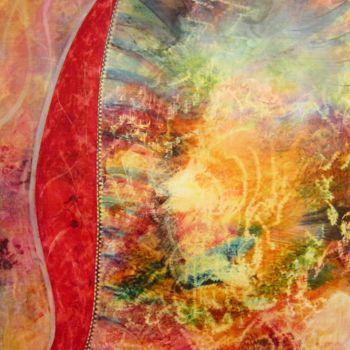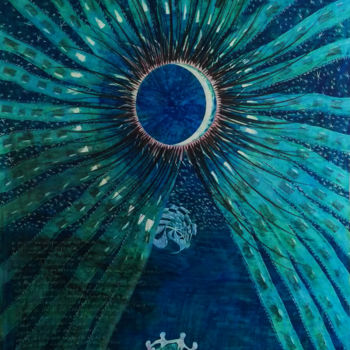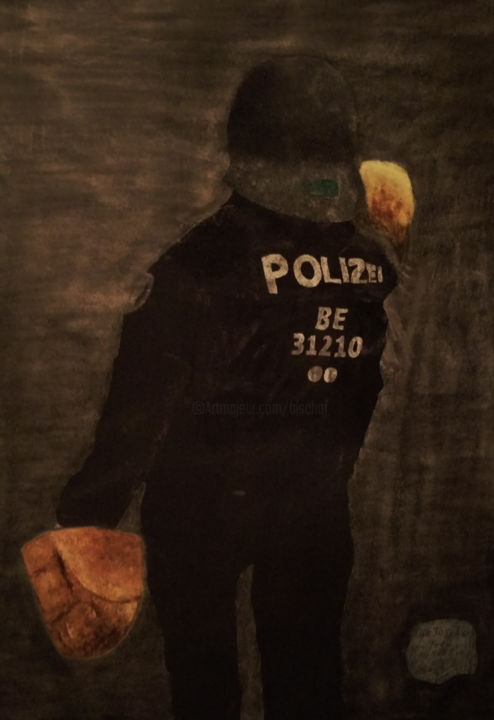
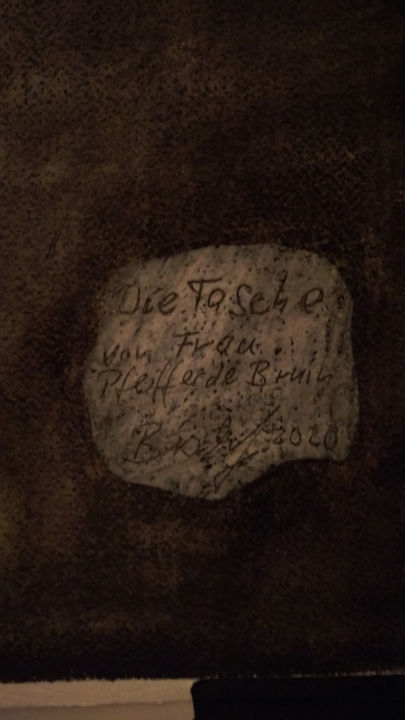



Let us know if you would like to see more photos of this artwork!
- Back of the work / Side of the work
- Details / Signature / Artwork's surface or texture
- Artwork in situation, Other...
die Tasche von Frau Pfeiffer de Bruin (2020) Painting by Helmut Bischof
More info
- Packaging (Box or cardboard packaging) All artworks are shipped with a premium carrier, carefully protected and insured.
- Tracking Order tracking until the parcel is delivered to the buyer. A tracking number will be provided so that you can follow the parcel in real-time.
- Delay Worldwide delivery in 3 to 7 days (Estimate)
- Customs not included The price does not include customs fees. Most countries have no import tax for original artworks, but you may have to pay the reduced VAT. Customs fees (if any) are to be calculated on arrival by the customs office and will be billed separately by the carrier.
More info
- Trackable Online Certificate of Authenticity Authenticity Certificates can be verified online at any moment by scanning the artwork code.
- Artist Value Certification Experts study the work and career of an artist then establish an independent and reliable average price value. The average price value situates the artist on a price range for a given period. The experts may also be asked to establish a more precise estimate for a particular work.
More info
100% secure payment with SSL certificate + 3D Secure.
More info
-
Original Artwork (One Of A Kind)
Painting,
Wax
on Paper
- Dimensions Height 35.4in, Width 25.2in
- Framing This artwork is not framed
- Categories Paintings under $20,000 Street Art
Related themes
Helmut Bischof, geb. 1955 am Niederrhein, lebt und arbeitet am Hochrhein.
Helmut Bischof benutzt als Ausgangsbasis seiner Arbeiten eine spezielle Wachstechnik, eine Weiterentwicklung der Sgraffito-Technik. Bei dieser werden mehrere Schichten des mit Pigmenten angereicherten Bienenwachses auf ein Grundmedium – in der Regel Pappe – aufgetragen und schichtweise wieder abgetragen. Das Werk entsteht in einem permanenten Prozeß der Zerstörung des gerade Entstandenen und dem Aufbau aus den vorhandenen Überresten.
Die Technik verlangt vom Künster Mut und Vertrauen.
Mut, das vordergründig Gelungene wieder aufzugeben und
Vertrauen in den Schaffungsprozeß selbst.
Bei diesem Prozeß des Auf- und Abtragens von Wachs, der vielfach wiederholt wird, bildet sich die körperliche und geistige Aktivität des Künstlers direkt im Wachs ab.
Im Endresultat des Prozesses wird der Mut des Künstlers belohnt: kein Strich, kein Farbfleck geht verloren – und sei er noch so versteckt und viele Male überdeckt worden: Er geht auf in der größeren Ordnung des Bildes.
Helmut Bischof hat die Wachstechnik 1989 für sich entdeckt und weiterentwickelt. Mit ihrer Hilfe stellt er Wachstumsformen, Grundelemente der Natur dar, die er als die Organisationsformen des Lebens begreift, und die in ihrer Weiterentwicklung Kultur und kulturelle Vielfalt ermöglichen.
-
Nationality:
SWITZERLAND

- Date of birth : unknown date
- Artistic domains: Works by professional artists,
- Groups: Professional Artist Contemporary Swiss Artists



